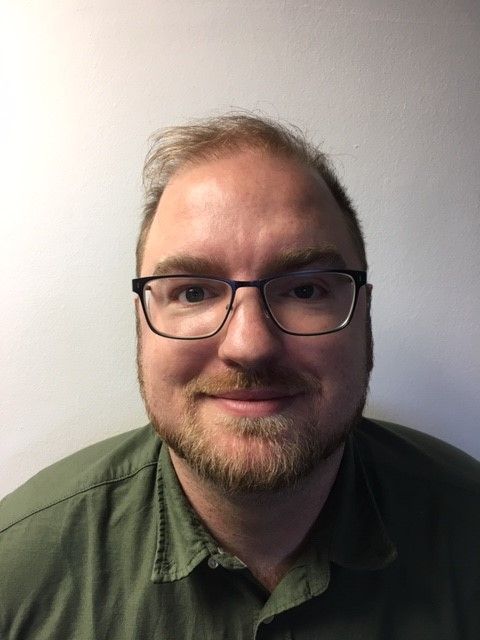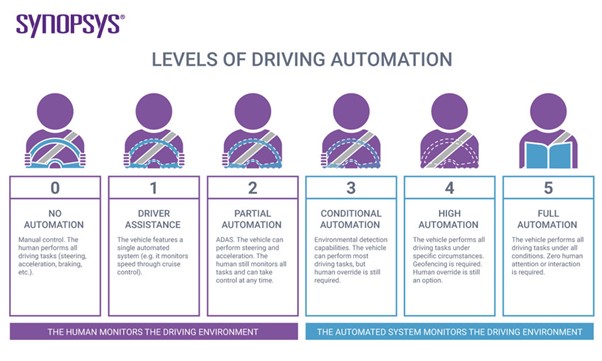Spotlight on our people: meet Aiden

Aiden, Head of Development at [ui!]uk, kicks off our new team blog series: spotlight on our people.
1. Why are smart cities so important?
In 2021, the great challenges facing humanity stem from rising population pressures, ecological and environmental crises and nationalism. As Buckminster Fuller put it, we live on spaceship earth, an interconnected and (nearly) closed system where we have limited resources with no room for infinite growth. We need to leave behind the inequalities and inefficiencies of the past, through this we can achieve a far higher standard of living for all, while attaining environmental stability. How can this be achieved? Simply put it is through the redesign of the way that we live, work and play towards sustainability, equality and applying technology and science for the maximum benefit of all. As over half the world’s population lives in cities, the application of sustainable technology to the challenges of city living (e.g., smart city initiatives); air quality, mobility, food production, exercise, green spaces and tourism is likely to have the highest impact on most people, and the challenges we face as a global human race.
2. What’s the most exciting innovation project I know about?
There are a few city at sea projects ongoing, one highlight for me is Oceanix City. The plans for Oceanix City would essentially be groups of hexagonal platforms - anchored to the seabed - that could each house around 300 people, effectively creating a community for 10,000 residents. As a project backed by MIT, UN-Habitat and The Explorers Club there seems real potential to develop this concept into a workable sustainable living model supporting a high living standard. With innovative technology being applied and new modes of living, transport and farming being trialled this is a very exciting project for me to follow. It is seen for this project, as many other innovative projects ongoing at this time, that the main hurdle is human psychology to adapt to different ways of living rather than the technology to support this. I will be following this project closely to see how it can deliver on the promise, or maybe it will fade and morph into another offshore tax haven for the wealthy – no joke there are projects and concepts being worked out now to support the development of floating cities for this purpose.
3. Which smart city tools are really important?
Currently most cities are mechanical and evolved out of many steps of development to support specific needs. Cities and the people who run them now need to take stock and collect data on how things are working currently. Normally as a first step sensors are implemented and start filling up a few siloed data sets such as traffic levels, or air quality readings. It is important for cities to start collecting data, but then it is also vitally important to ensure that that data is usable, for this a data platform is required. A data platform breaks down silos, allowing cities to combine old and new air quality sensor data, enabling cross silo comparison and analysis. As in the natural world, making changes in one part of an ecosystem (or city) will have impacts on other parts. Consequences can be hard to fathom and close monitoring of the whole situation is required to ensure that doing something such as changing a bus route does not cause unintended consequences such as a spike in pollution around pick up time at a local school. The most important part of smart city tools is the platform that brings all the data together and enables further usage, analysis and actions to be taken.
4. What’s next for smart cities?
Having worked in the automotive industry I see parallels between the drive towards automated cars and the current trends of smart cities, although admittedly further behind and with a far larger scope. The automation of cities is the goal that I wish to highlight.

Read through the above image and replace driving with city, where do you think we are currently? Honestly, I see we are still in stage one or for some specific use cases we are heading towards stage two (such as traffic lights), but I hope you can see where this is heading for cities. Firstly, we need to capture the data and bring it all together, which we at [ui!]uk are in the process of doing with our city partners: more data and services is constantly brought online and into the platform. On top of that [ui!]uk are already starting to build and implement detailed analytics and machine learning to predict impacts of changes and suggest optimal adjustments to be made. From there we will steadily build confidence in these systems to slowly hand over actions to automation. We can already see this happening in specific use cases such as traffic light management, it is already seen clearly that automated systems are far better at recognising patterns, managing processes and responding to events in real time than us clumsy humans. I envision a (far flung?) future with fully automated city management systems, covering all use cases (transport, energy, water, lighting, flood and food production to name a few). For all of this to work a foundation of data is required, on an open and accessible data platform such as [ui!] UrbanPulse.
5. Why did I choose [ui!]uk?
I chose to work for [ui!]uk because I am driven to support and push forward its ambitions to become a leading player in smart city and sustainable mobility solutions. The technologies and projects [ui!]uk have developed and are developing have already been applied to existing cities to identify and inform city managers, planners and strategists of inequalities which need addressing and efficiencies which need to be made. My vision and hope for the future of [ui!]uk is to be involved with the design and delivery of the new smart cities of tomorrow.
6. What’s my background?
I am a software developer and project manager with an MSc in sound and music for video games. This is where I discovered my love for interactive systems and automated system design.
For over eight years I have been working in location-based point of interest applications for mobile, tablet, web and in car infotainment systems helping users find and access services such as public Wi-Fi, parking, EV charge points and events. In addition, I have worked with router and internet of things (IoT) control applications, music players and even an aquarium application. I previously worked at Honda on the infotainment system for a wide range of cars, users and connectivity solutions. A highlight was working on the Honda e – a terrific drive, go for a test drive if you can - to deliver a truly unique user experience to match the unique compact car.
Personally, I have a wide variety of interests from nature (I spent three of the best months of my life volunteering and studying lemurs in Madagascar), reading (a lot of pro-social sci-fi such as Iain M. Banks), studying and learning is always fun, I also like motorsport (I can’t wait for WRX Projekt E and Extreme E series’ to take off) and have an ongoing interest in advocating for a resource based economy (a money and barter free economy where science is applied for the greater good). Finally, I am an expectant father, husband and herder of two cats!